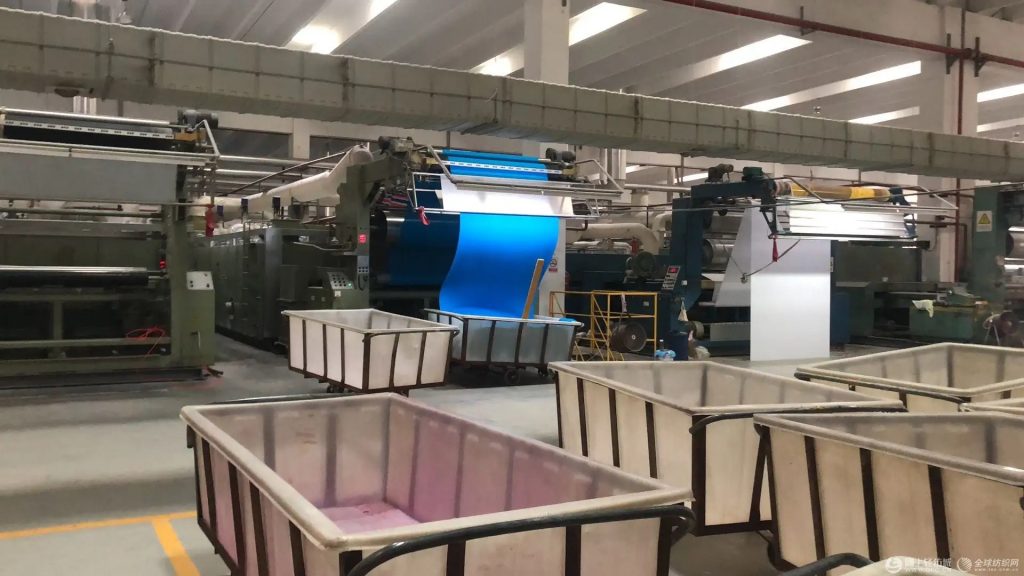The main purpose of soaping in the process of reactive dyeing is to remove the floating color on the fiber surface and ensure the quality of dyed products. Floating color is mainly composed of hydrolyzed reactive dyes and unfixed reactive dyes. Under alkaline conditions, the reactive groups of reactive dyes react with water and are replaced by hydroxyl groups, which makes the reactive groups lose the ability to react with fibers. Their diffusion and adsorption properties are very similar to those of non hydrolyzed reactive dyes, so they are also easy to be adsorbed on the surface of fibers.

In the process of soaping, soaping agent can play a series of physical and chemical roles on the surface of hydrolyzed dyes (including unfixed dyes) and fibers
(1) Clean washing: separate the hydrolyzed dye from the fiber surface.
(2) Solubilization: increase the solubility of residual auxiliaries and dyes on the fabric.
(3) Emulsification and dispersion: anti coagulation and dispersion of washed hydrolytic dyes.
(4) Adsorption: ion bond, hydrogen bond and other adsorption of dirt.
(5) Wetting and penetration: increase the wetting and penetration of soaping solution to the fabric and reduce the binding force between hydrolyzed dyes and fibers.
(6) Chelation: chelate with metal ions in aqueous solution to soften washing water quality.
The main factors affecting the soaping effect are temperature and the type and dosage of soaping agent. A large number of studies have shown that high temperature is conducive to the washing of floating color. This is because not only the hydrolyzed dye is adsorbed on the fiber surface, but also part of the hydrolyzed dye diffuses and adsorbs on the inner wall 41 of the fiber hydrophilic channel. The floating color on the surface is easy to wash, but the hydrolyzed dye inside the fiber is difficult to diffuse and migrate out under low temperature. With the rise of washing temperature, the swelling degree of fabric increases, and the expansion of cotton fiber hydrophilic channel makes the hydrolyzed dye easy to diffuse Migration to the fiber surface is conducive to washing and removal. However, under high temperature conditions, the molecular motion intensifies, and the washed hydrolytic dyes are also easy to stick back to the fabric, resulting in secondary staining, and high temperature conditions are not conducive to energy conservation. Therefore, reducing the soaping temperature, using more efficient soaping agent and realizing low temperature and high efficiency soaping are not only an important problem to be solved in the reactive dye dyeing process of cotton fiber, but also a new requirement for the printing and dyeing industry under the background of environmental protection, production and green processing.

